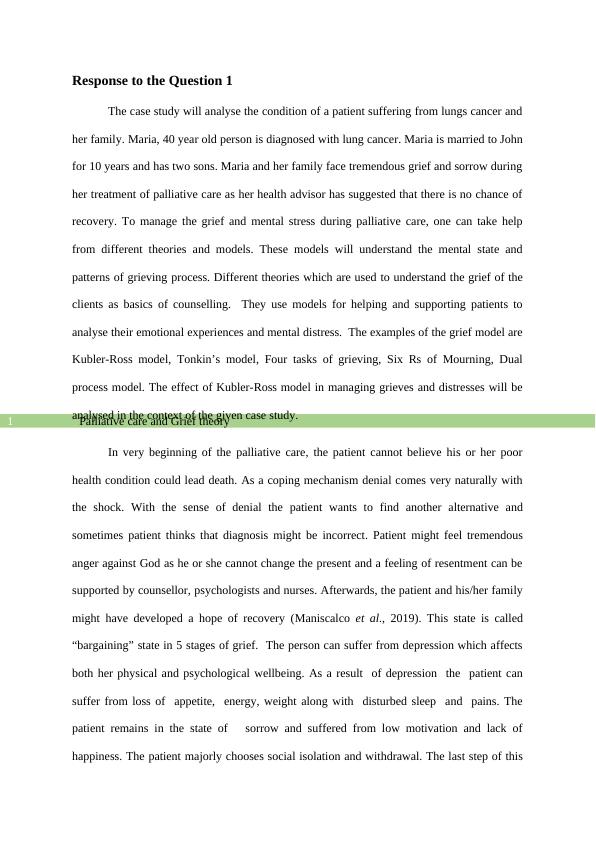Palliative care and Grief theory
This is an exam for the module 'Significant Life Events and Coping' at ARU London. The exam is about the theories of grief and bereavement, and students are required to answer two questions. The exam duration is 3 hours and no additional materials are allowed except for a single volume bilingual dictionary and highlighter pens/pencils.
Added on 2022-08-09
About This Document
Palliative care and Grief theory
This is an exam for the module 'Significant Life Events and Coping' at ARU London. The exam is about the theories of grief and bereavement, and students are required to answer two questions. The exam duration is 3 hours and no additional materials are allowed except for a single volume bilingual dictionary and highlighter pens/pencils.
Added on 2022-08-09
End of preview
Want to access all the pages? Upload your documents or become a member.


